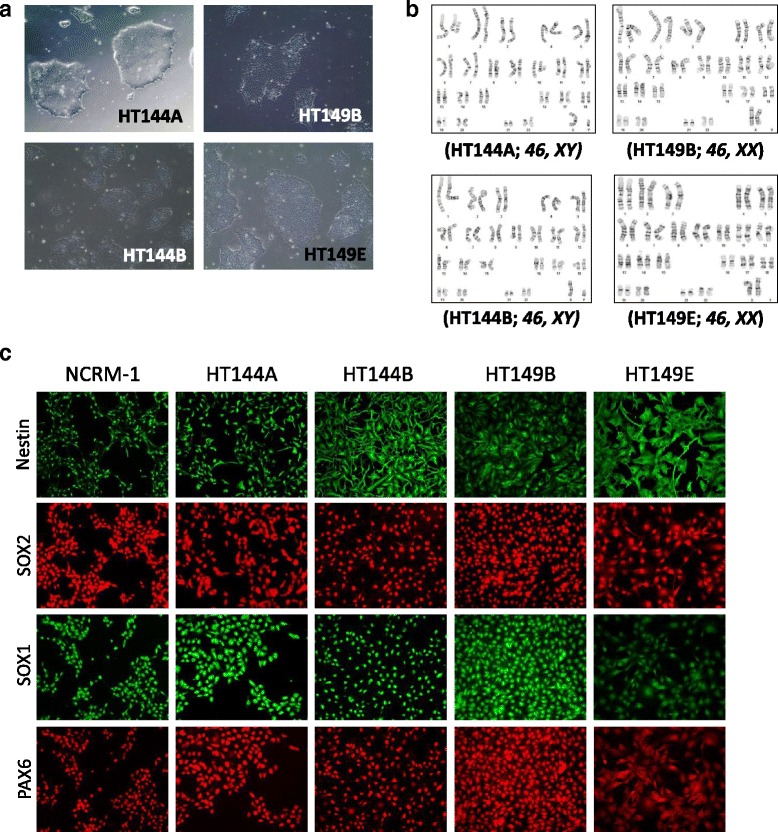Wolman disease (WD) is a rare lysosomal storage disorder that is caused by mutations in the LIPA gene encoding lysosomal acid lipase (LAL). Deficiency in LAL function causes accumulation of cholesteryl esters and triglycerides in lysosomes. In Jun 28, 2017, Francis Aguisanda and others published an article in << Orphanet Journal of Rare Diseases >> which title is “Neural stem cells for disease modeling of Wolman disease and evaluation of therapeutics”. They have generated induced pluripotent stem cells (iPSCs) from two WD patient dermal fibroblast lines and subsequently differentiated them into neural stem cells (NSCs). Concluded that the results demonstrate that these WD NSCs are valid cell-based disease models with characteristic disease phenotypes that can be used to evaluate drug efficacy and screen compounds. DT and HPBCD both reduce LysoTracker dye staining in WD cells. The cells may be used to further dissect the pathology of WD, evaluate compound efficacy, and serve as a platform for high-throughput drug screening to identify new compounds for therapeutic development.
Read More
